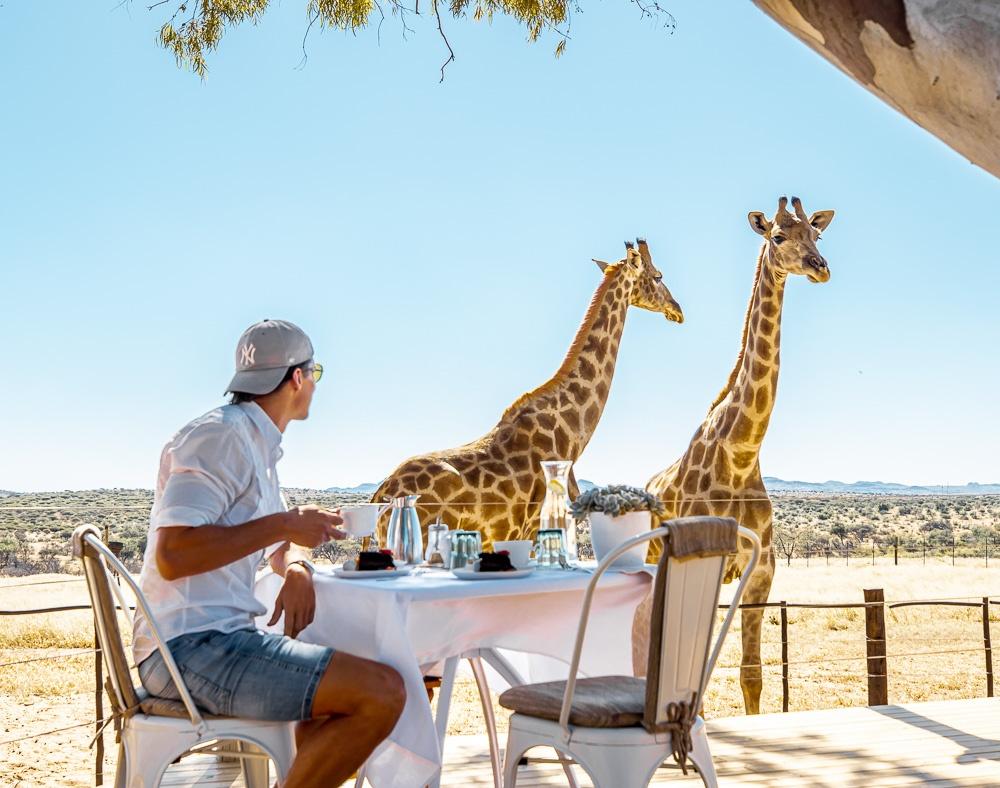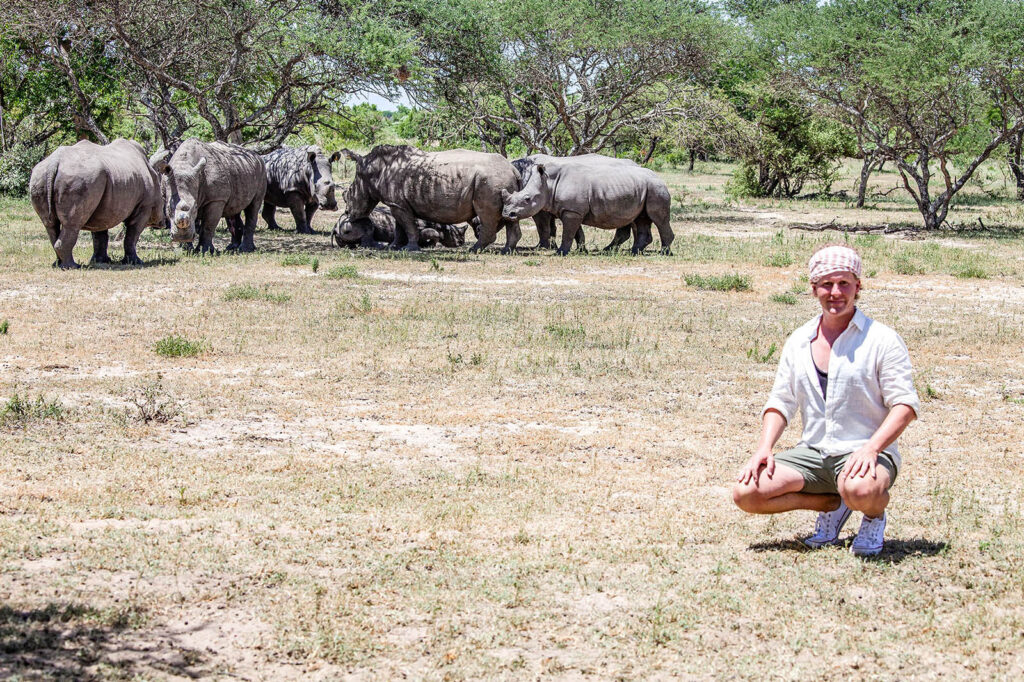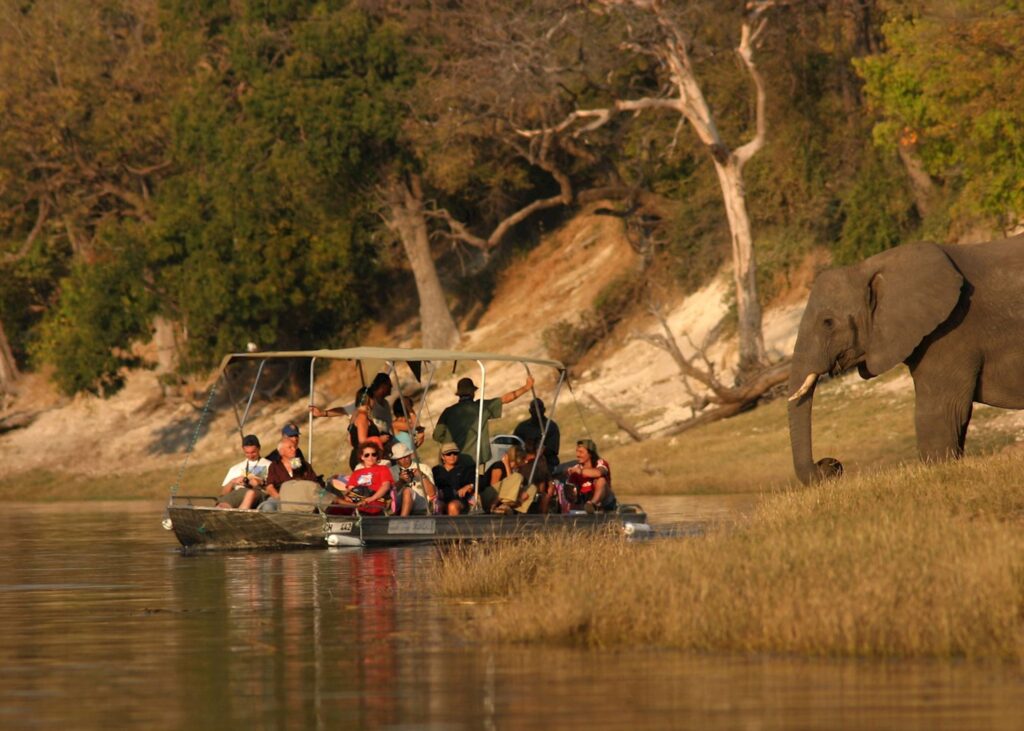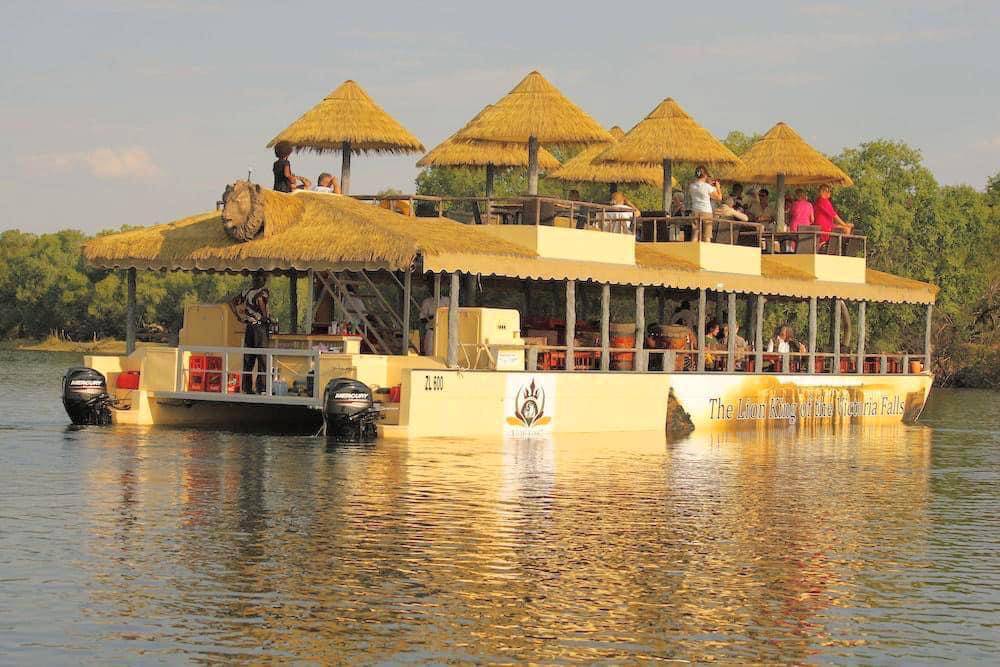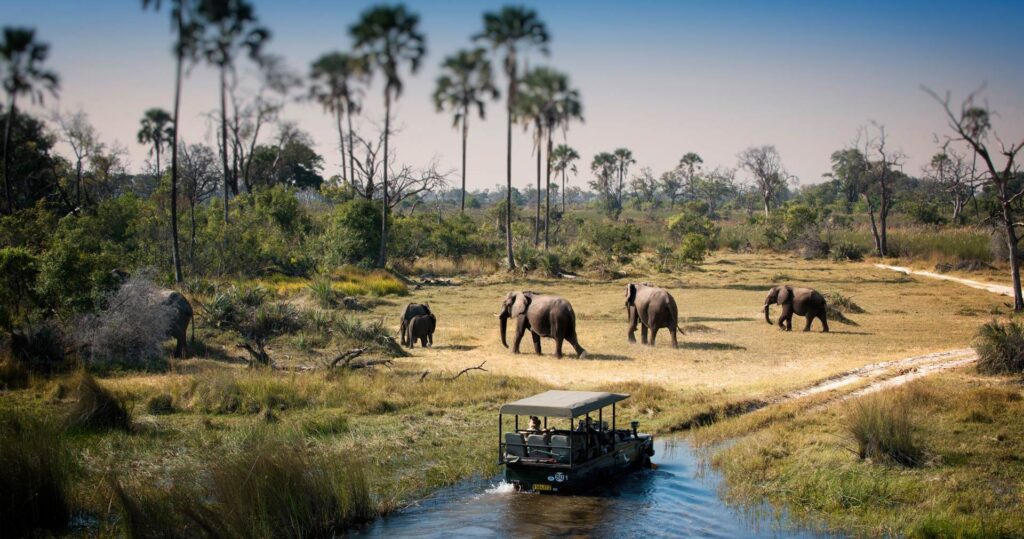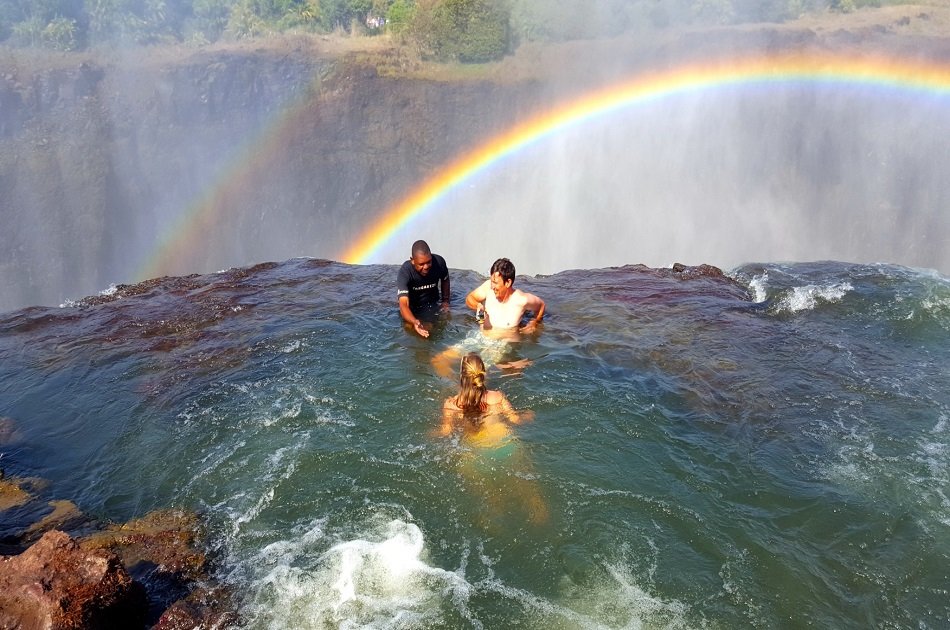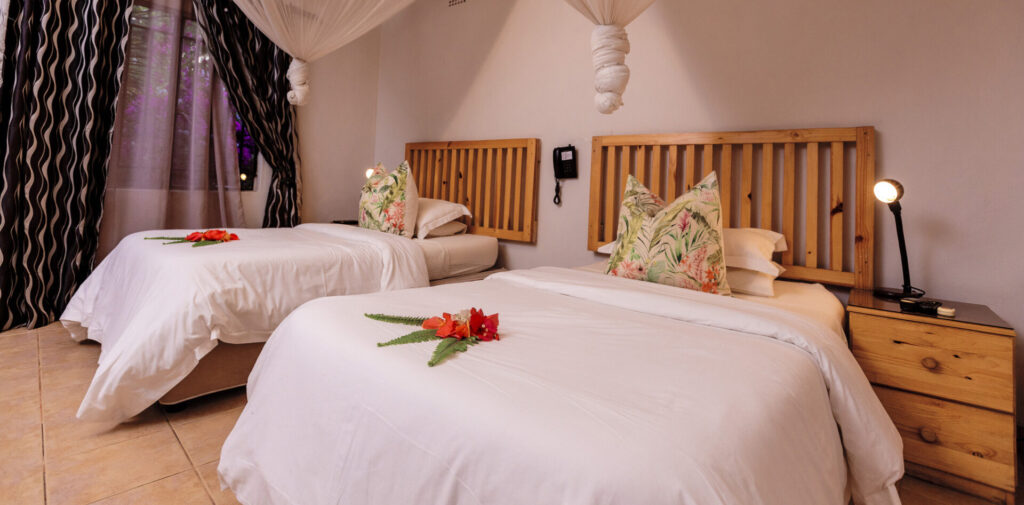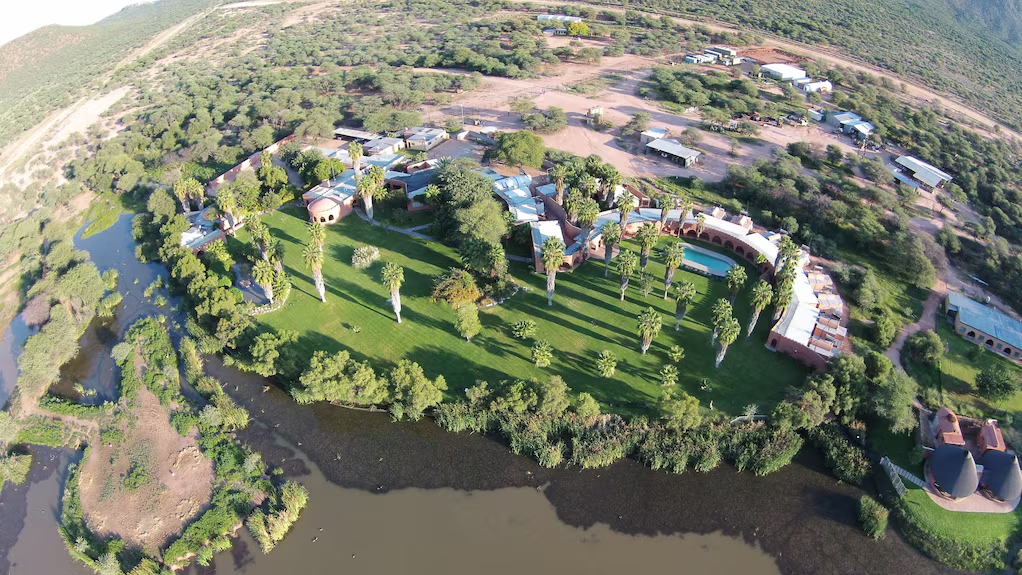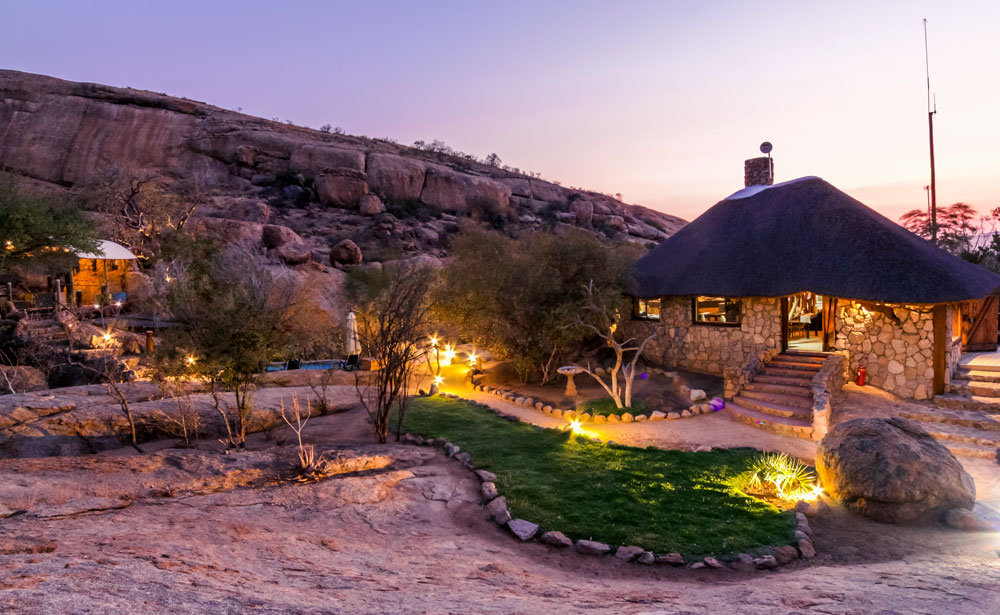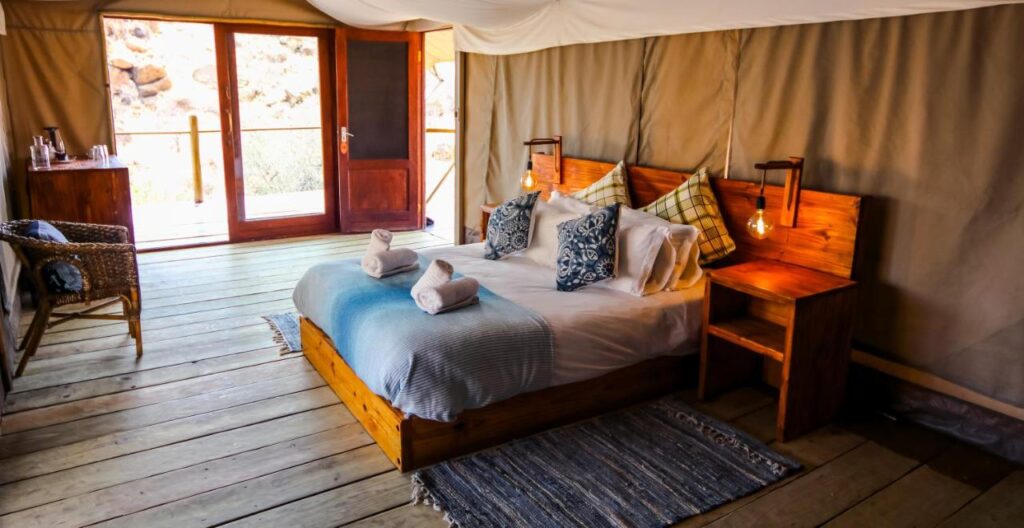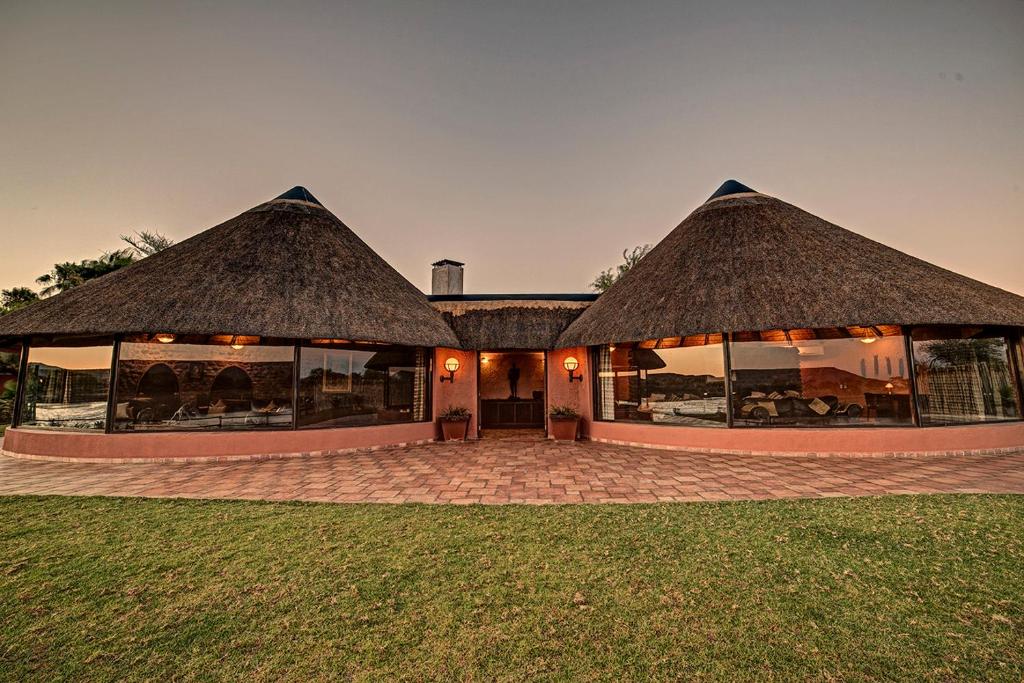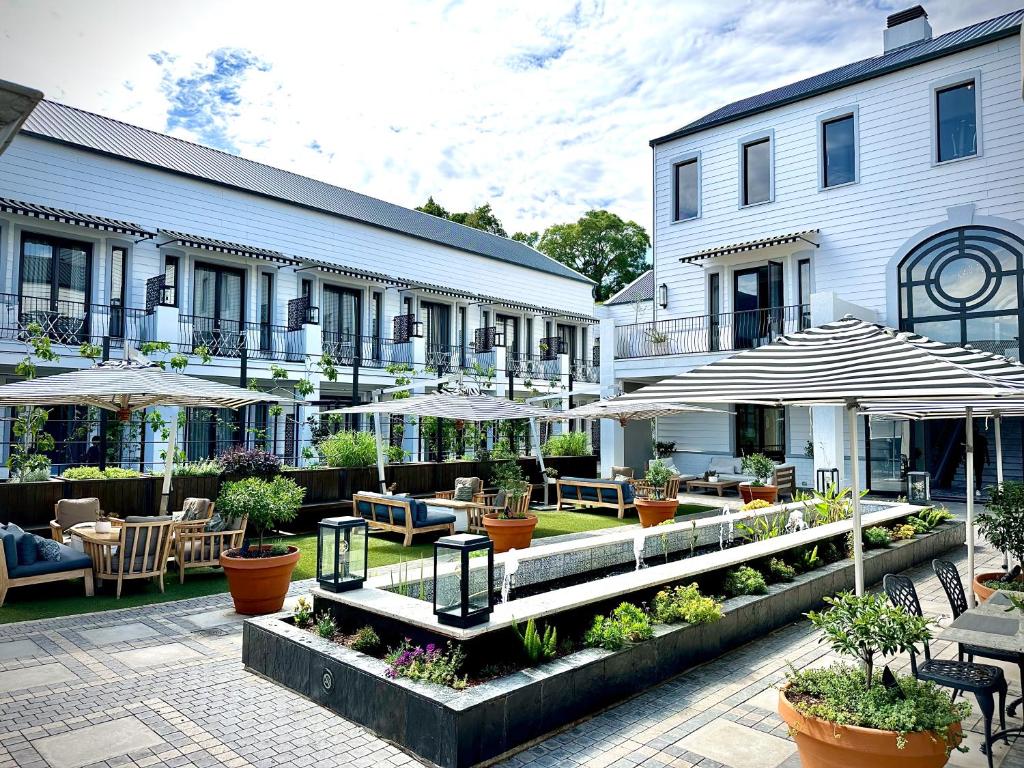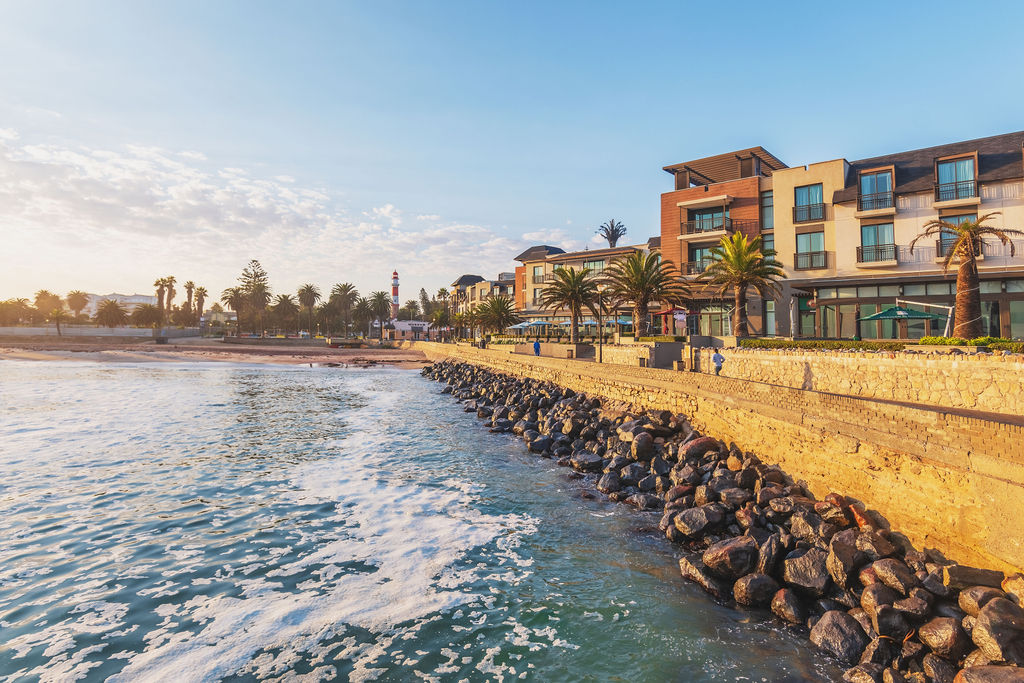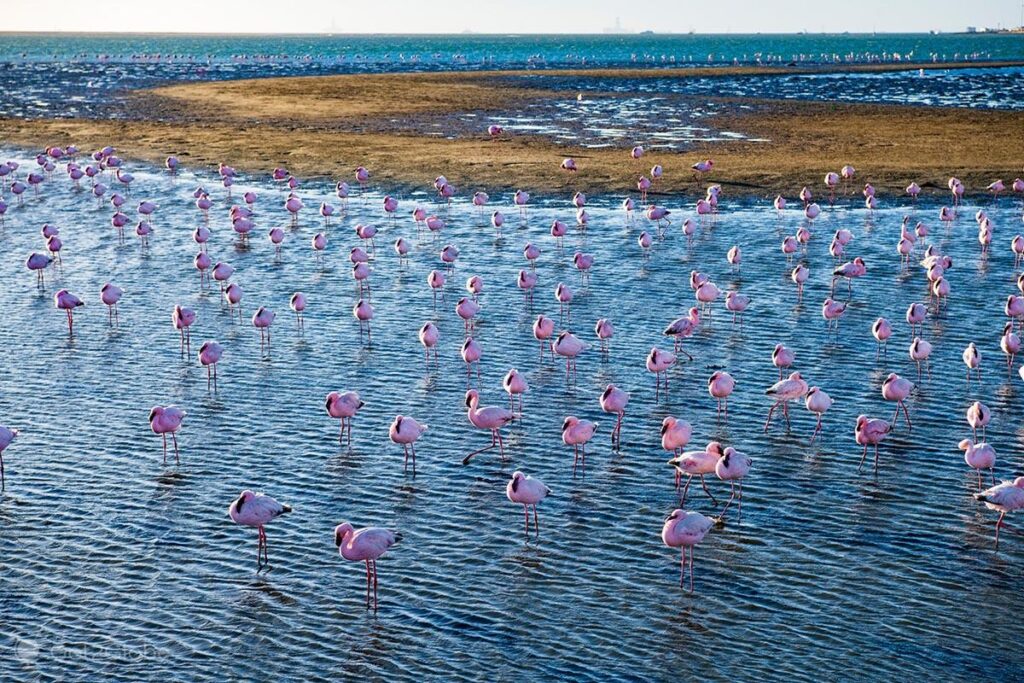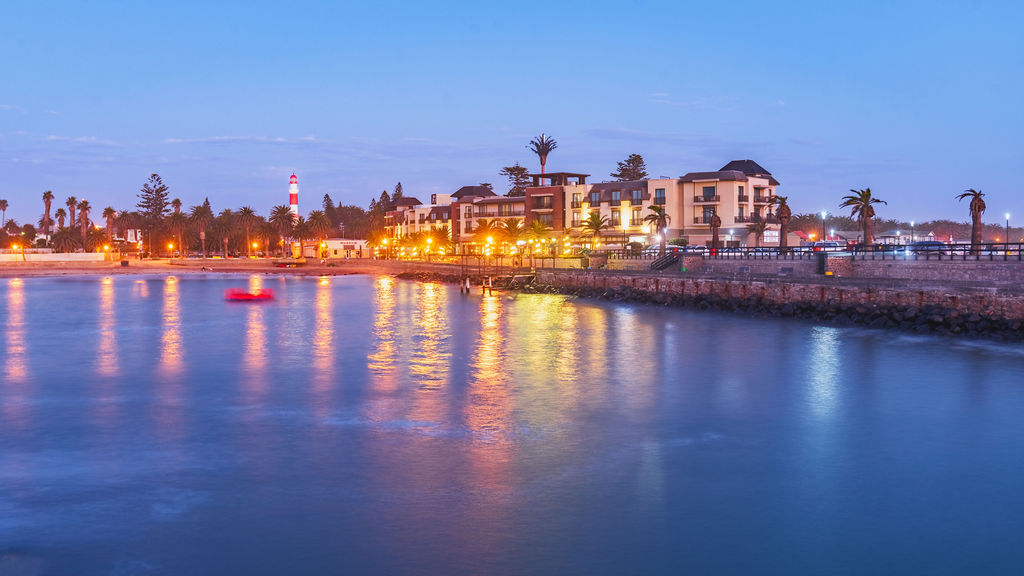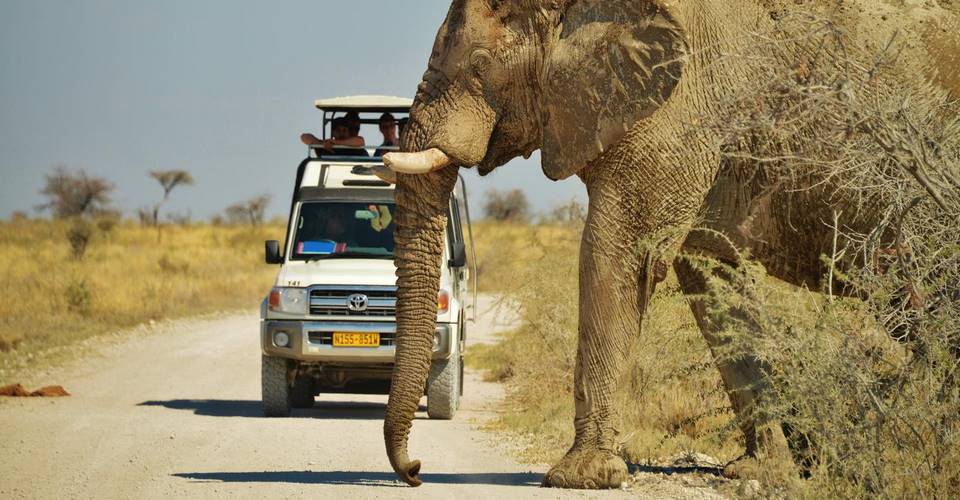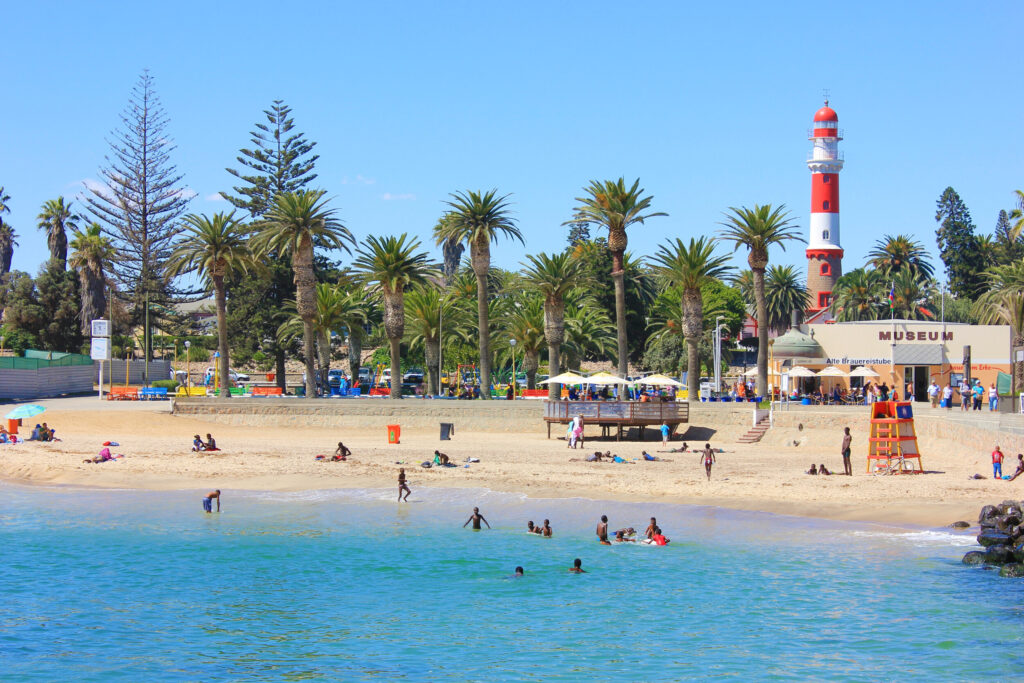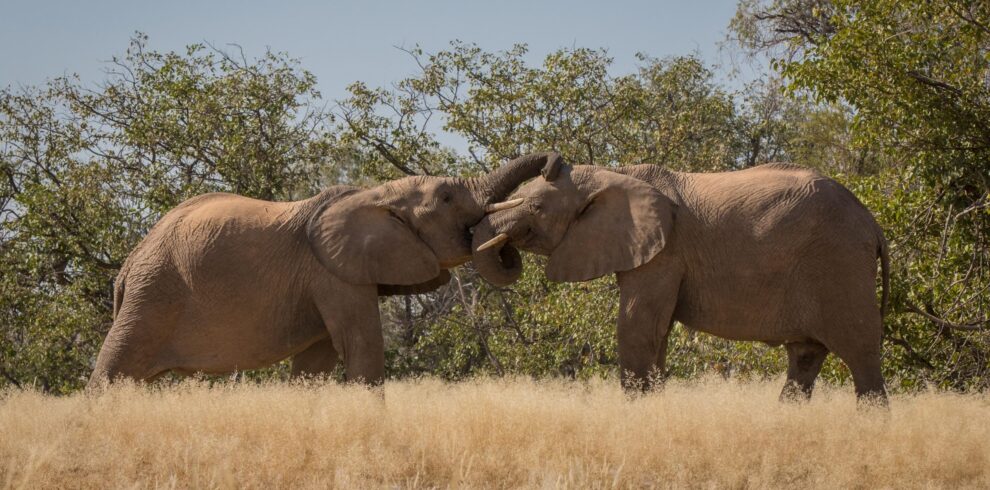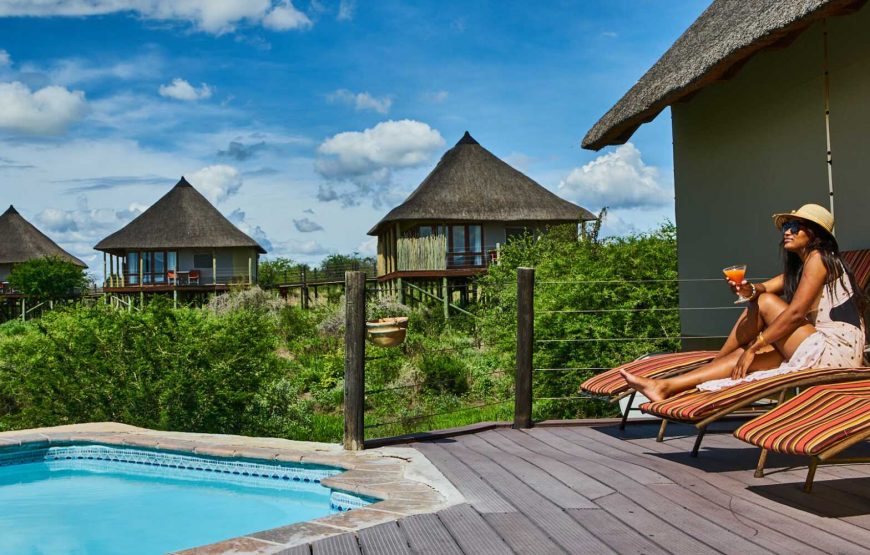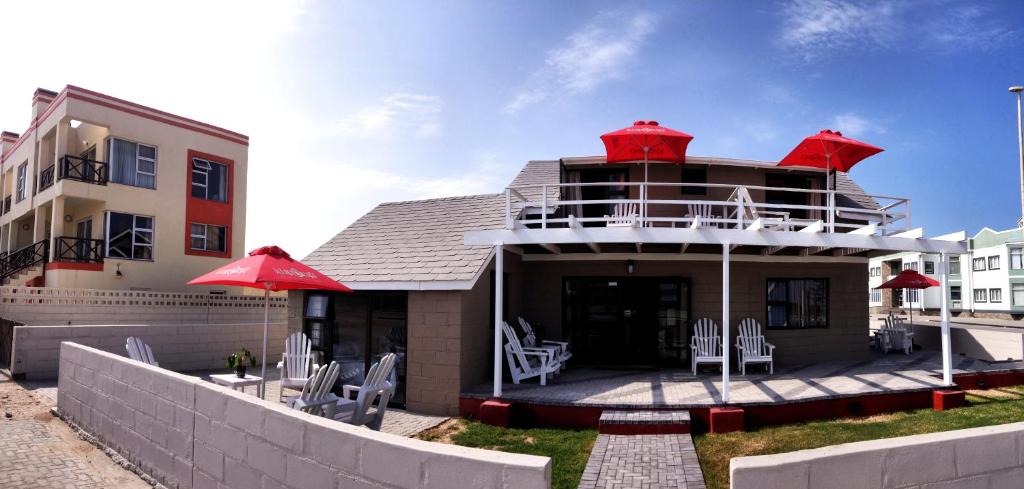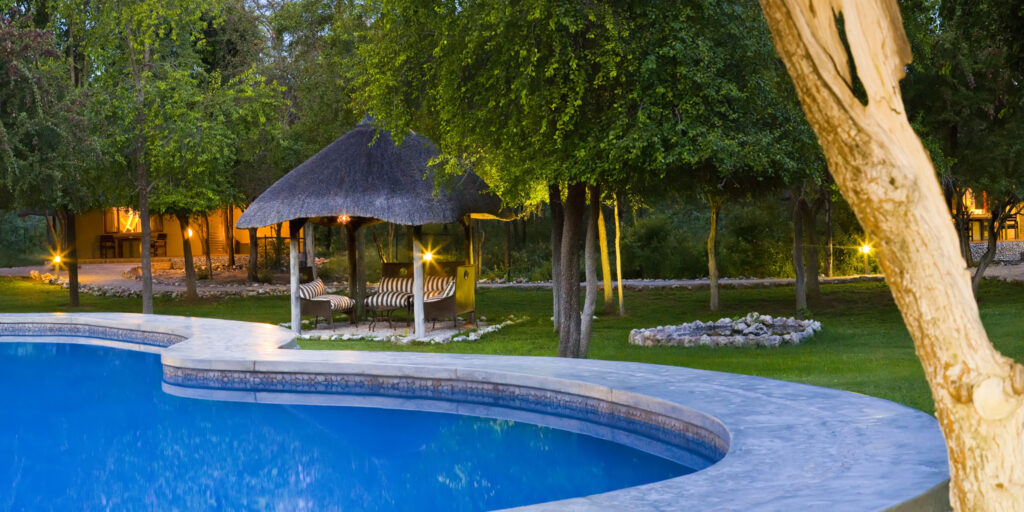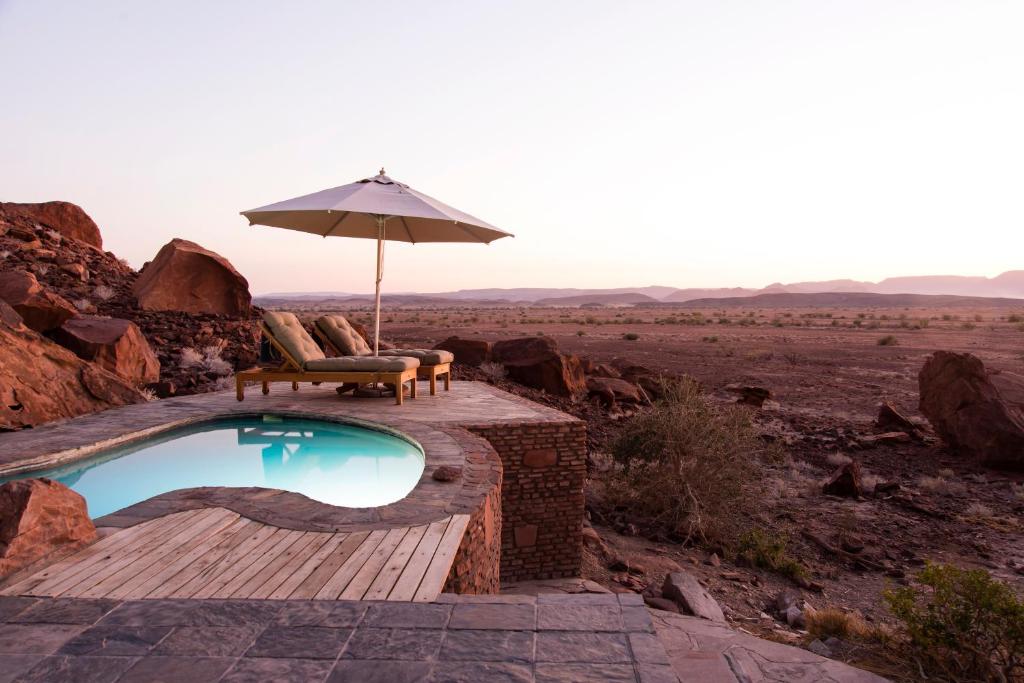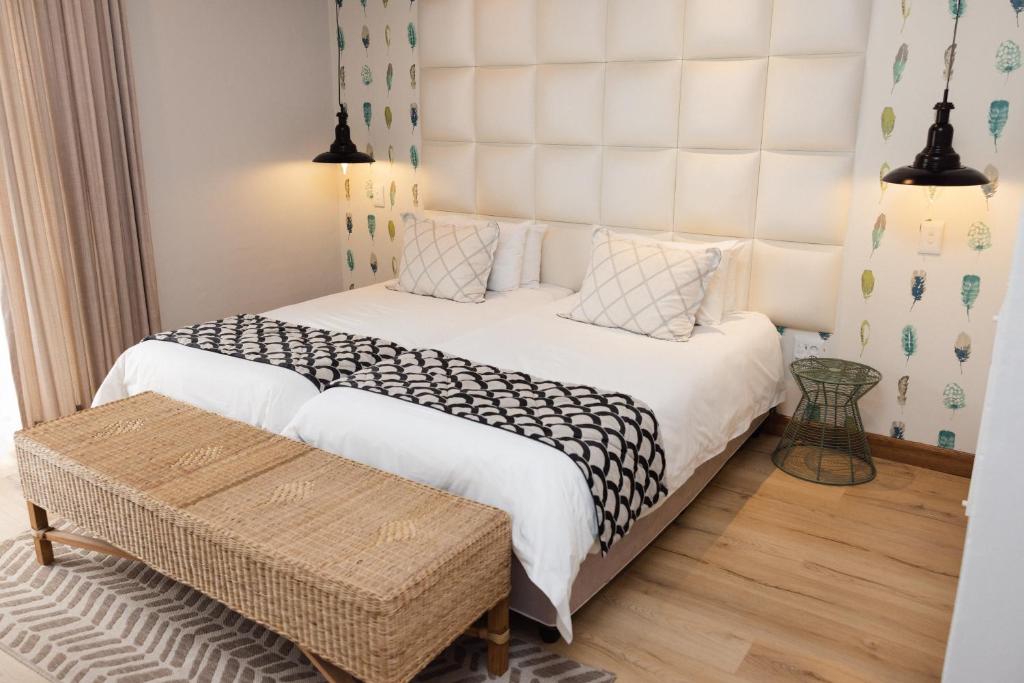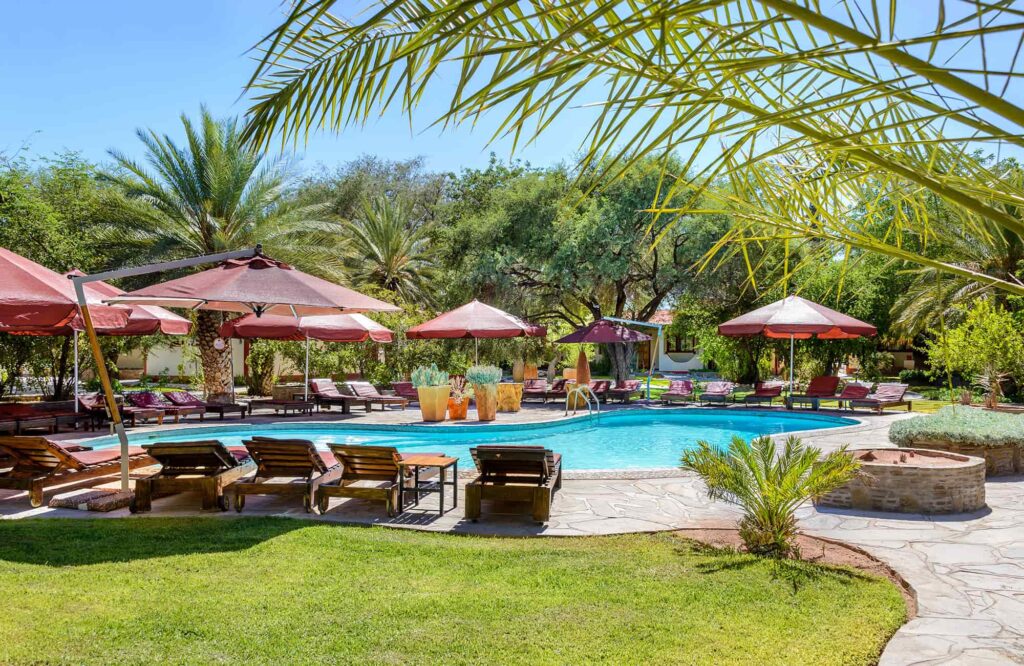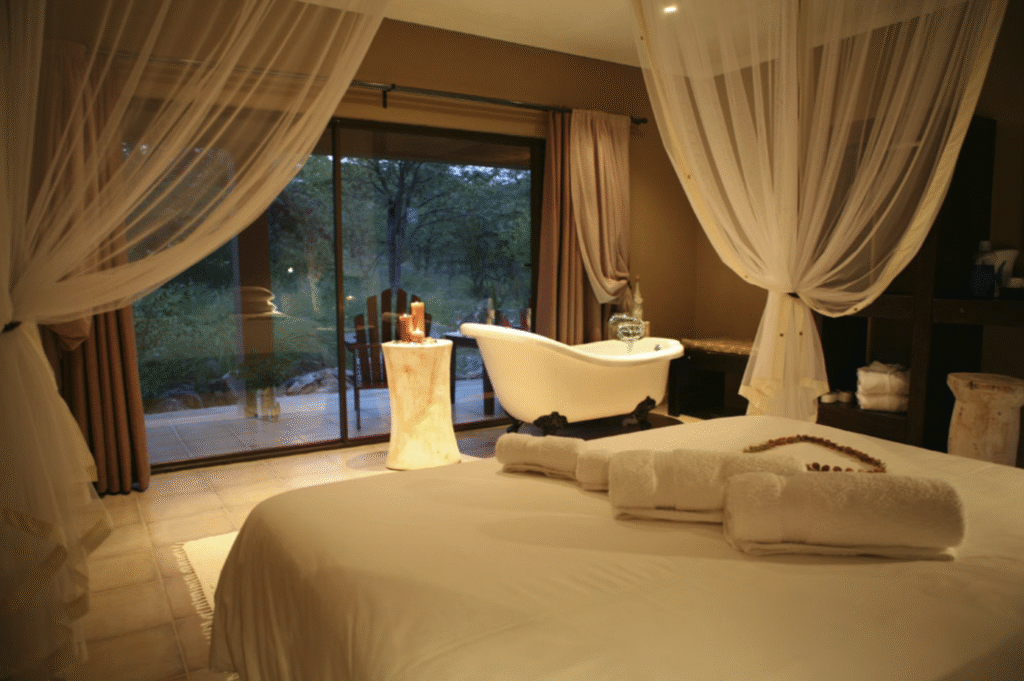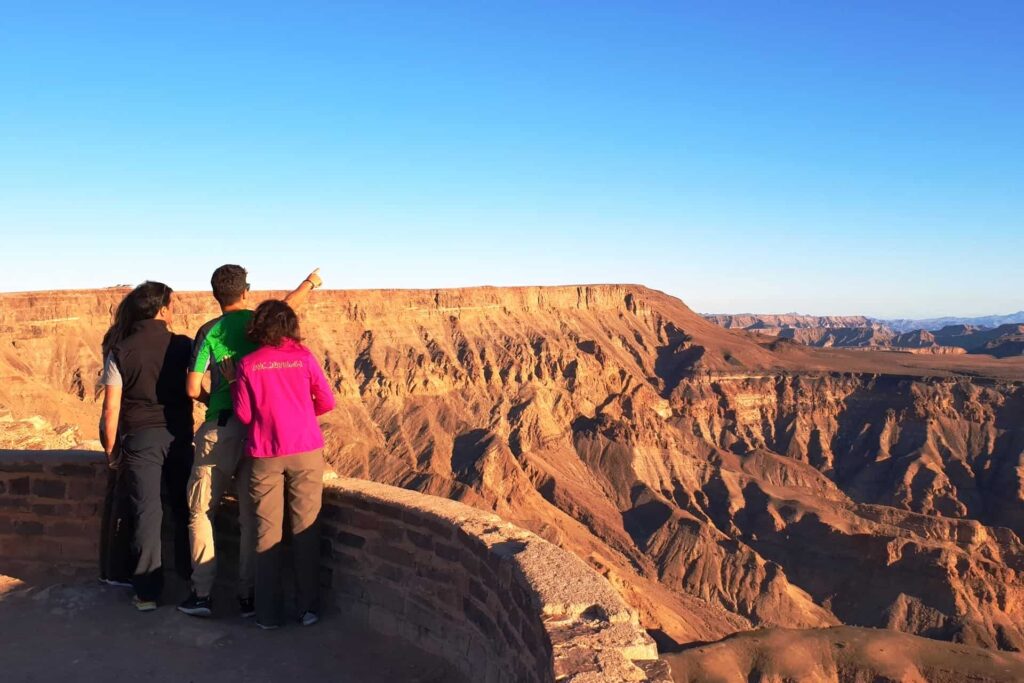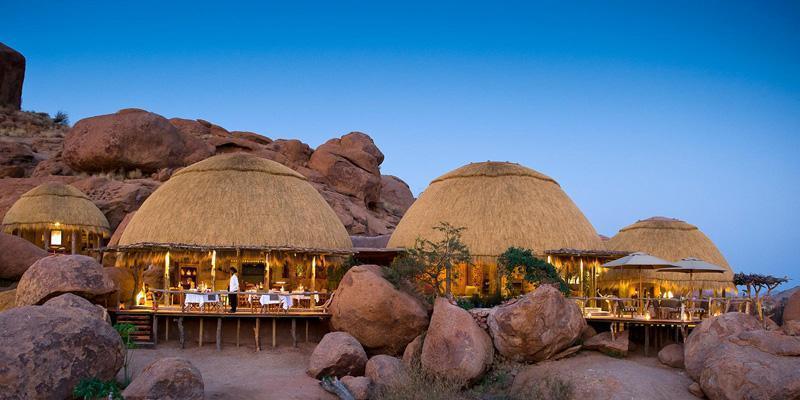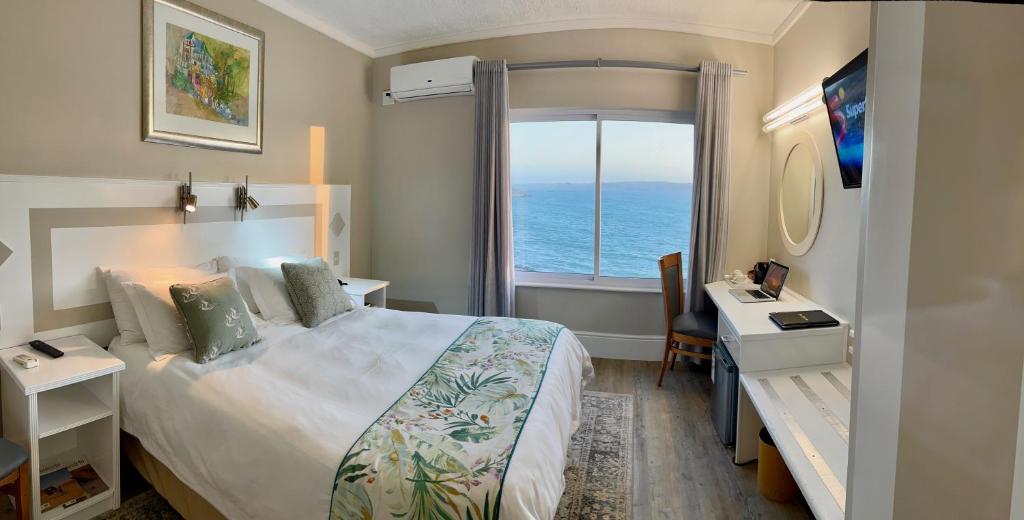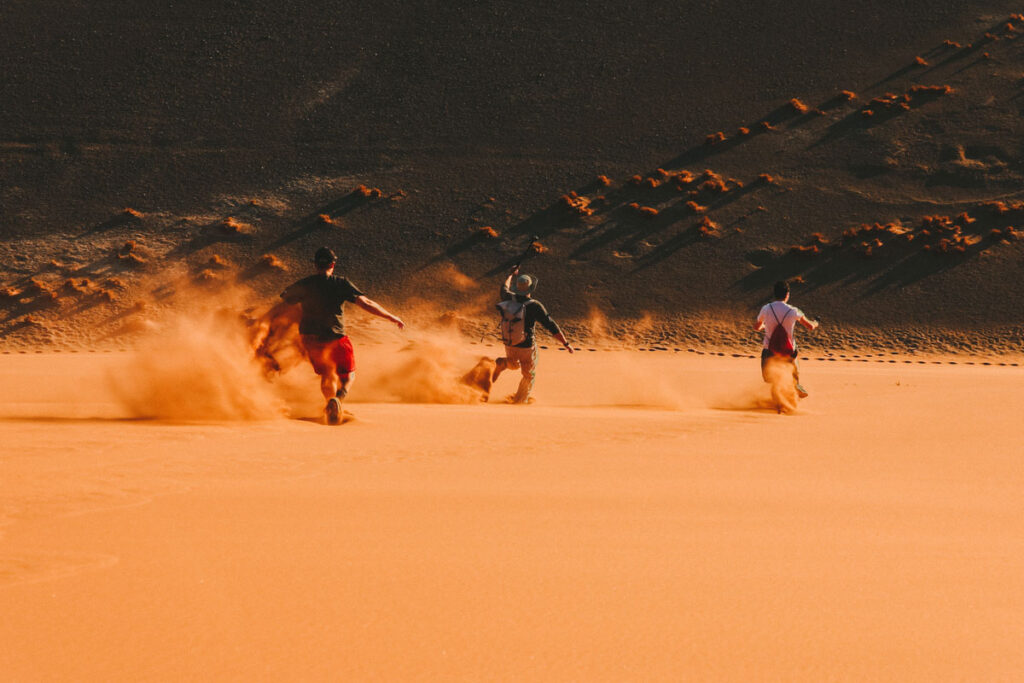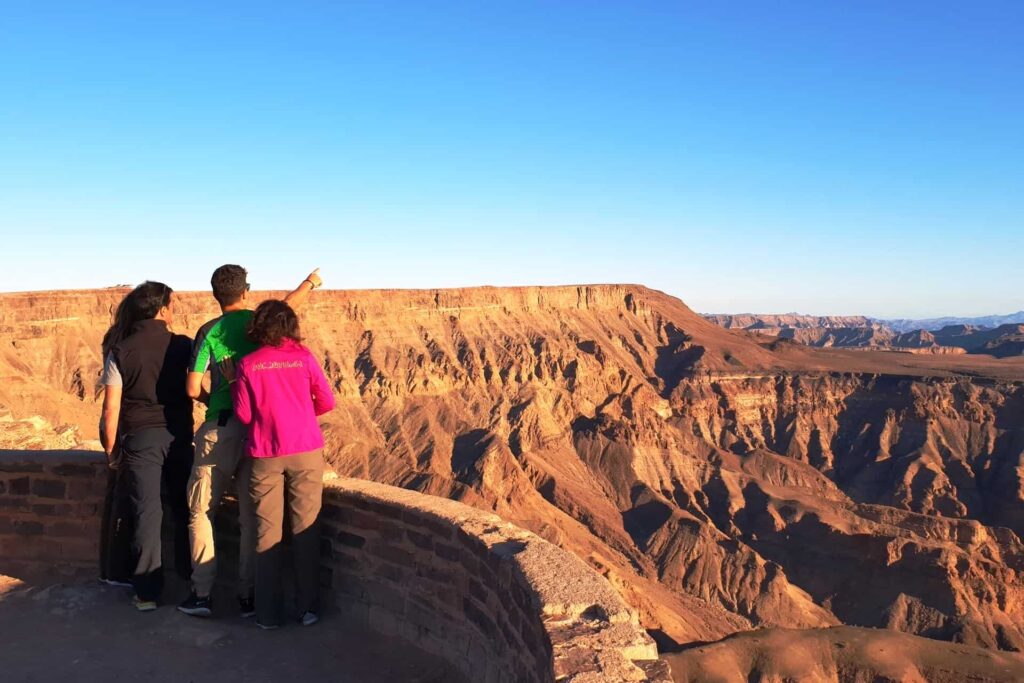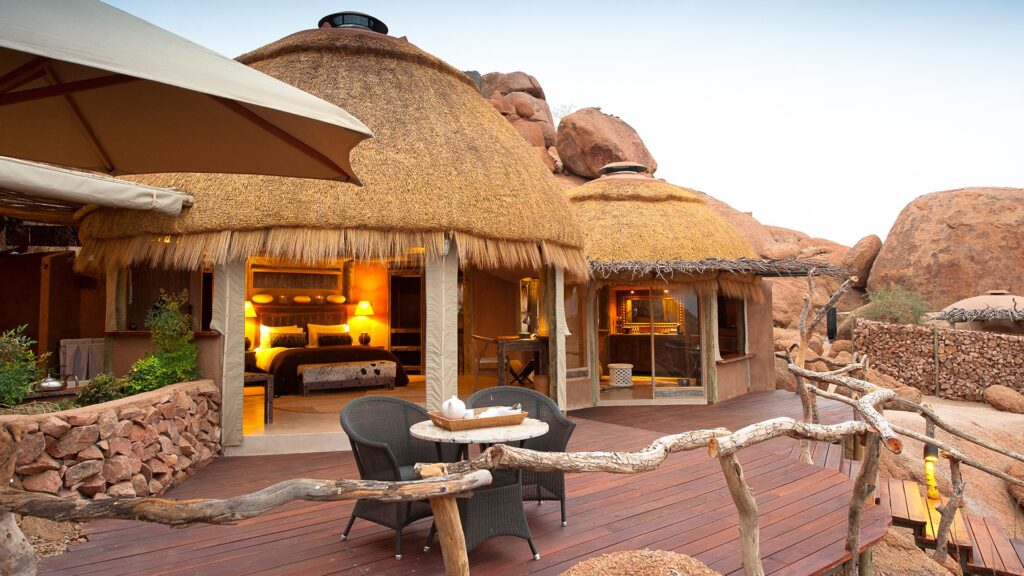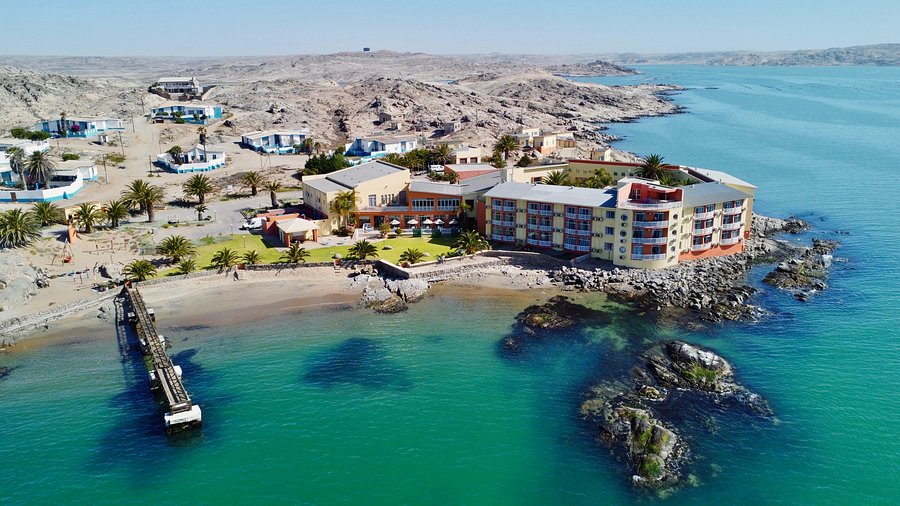The history of this land can be found carved into rock paintings found to the south and in Twyfelfontein, some dating back to 26,000 B.C. A long lineage of various groups including San Bushmen, Bantu herdsmen and finally the Himba, Herero and Nama tribes among others have been making this rugged land home for thousands of years.
Namibia is truly unique, influenced by various cultures during colonization and now reborn from the shadows of Apartheid in 1990. What has emerged is a true sense of unity in diversity, the coming together of at least 11 major ethnic groups, each celebrating their past while working together toward the future. You will notice this in dress, language, art, music, sport, food and religion. There exists a wonderful collage, but first and foremost, Namibians are proud to be Namibian. And for good reason. The ruggedness of the Namibian landscape has obviously done nothing to deter both flora and fauna from adapting and thriving. Here, the very act of survival can sometimes be an art. The shear abundance and variety of wildlife of all sizes is staggering.
